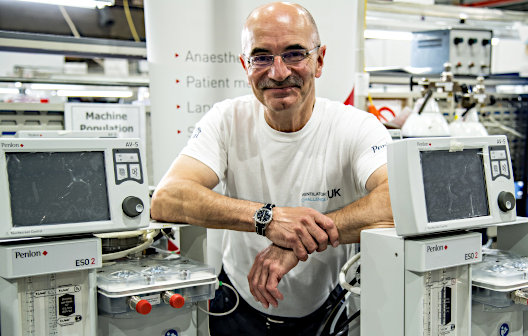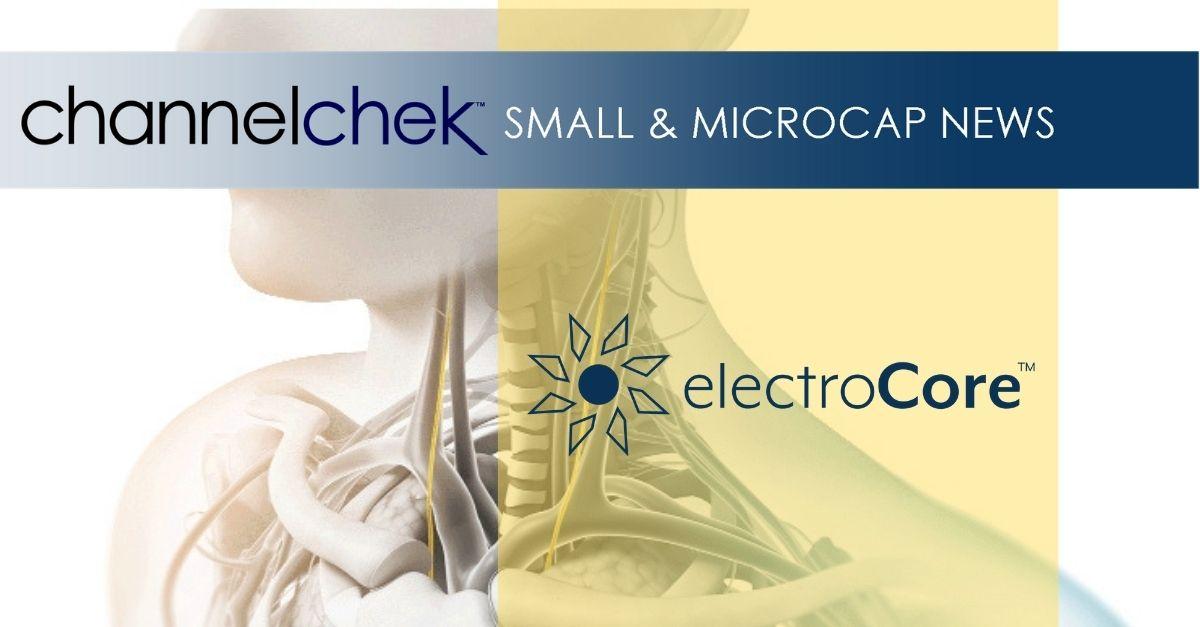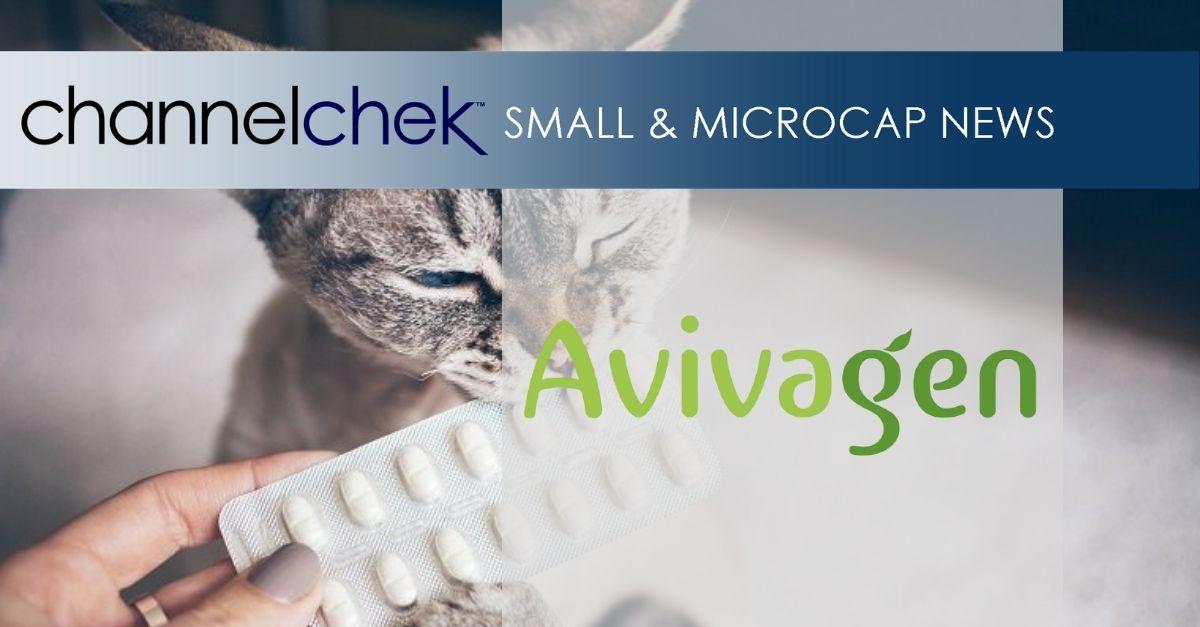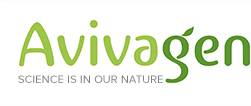
Cocrystal Pharma’s SARS-CoV-2 3CL Protease Lead CDI-45205 Demonstrates Broad-Spectrum Activity Against the SARS-CoV-2 Delta and Gamma Variants
BOTHELL, Wash., July 29, 2021 (GLOBE NEWSWIRE) — Cocrystal Pharma, Inc. (Nasdaq: COCP) (“Cocrystal” or the “Company”) announces that its SARS-CoV-2 3CL protease lead CDI-45205 and several analogs showed potent in vitro activity against the SARS-CoV-2 Delta (India/B.1.617.2) and Gamma (Brazil/P.1) variants. Cocrystal previously announced that CDI-45205 and analogs exhibited broad-spectrum activity against the SARS-CoV-2 Alpha (United Kingdom/B.1.1.7) and Beta (South African/B.1.351) variants, surpassing the activity observed with the Wuhan strain.
“These in vitro SARS-CoV-2 results further indicate that Cocrystal’s SARS-CoV-2 3CL protease inhibitor CDI-45205 may be an effective treatment for COVID-19 caused by SARS-CoV-2 and its emerging variants, including the fast-spreading Delta variant that is becoming the dominant COVID-19 variant globally,” said Sam Lee, Ph.D., Cocrystal’s President and interim co-CEO. “The broad-spectrum activity against these SARS-CoV-2 variants is highly encouraging as CDI-45205 previously demonstrated excellent in vivo efficacy in a MERS-CoV-2 infected animal model.”
“CDI-45205 has now shown antiviral activity in preclinical testing against SARS-CoV-2 and all four major variants,” said James Martin, CFO and interim co-CEO, “Our next steps are to scale-up synthesis and manufacture active pharmaceutical ingredient (API) to support Investigational New Drug (IND)-enabling studies to advance CDI-45205 into clinical trials.”
The Company continues to develop SARS-CoV-2 oral protease inhibitors and replication inhibitors using its proprietary drug discovery platform technology. Cocrystal’s approach to drug discovery provides a unique path for designing broad-spectrum coronavirus antivirals against SARS-CoV-2 and emerging variants.
About CDI-45205
Cocrystal announced agreements in February and April 2020 with Kansas State University Research Foundation (KSURF) for certain proprietary broad-spectrum CL3 antiviral compounds for the treatment of norovirus and coronavirus infections. In December 2020 Cocrystal announced the selection of CDI-45205 as its lead coronavirus development candidate from a group of protease inhibitors obtained under the KSURF agreements. CDI-45205 showed good bioavailability in mouse and rat pharmacokinetic studies via intraperitoneal injection, and also no cytotoxicity against a variety of human cell lines. CDI-45205 has also demonstrated a strong synergistic effect with remdesivir. Additionally, a proof-of-concept animal study demonstrated that daily injection of CDI-45205 exhibited favorable in vivo efficacy in MERS-CoV-infected mice. Cocrystal has obtained promising preliminary pharmacokinetic results and is continuing to evaluate CDI-45205.
About Cocrystal Pharma, Inc.
Cocrystal Pharma, Inc. is a clinical-stage biotechnology company discovering and developing novel antiviral therapeutics that target the replication process of coronaviruses (including SARS-CoV-2), influenza viruses, hepatitis C virus and noroviruses. Cocrystal employs unique structure-based technologies and Nobel Prize-winning expertise to create first- and best-in-class antiviral drugs. For further information about Cocrystal, please visit www.cocrystalpharma.com.
Cautionary Note Regarding Forward-Looking Statements
This press release contains forward-looking statements within the meaning of the Private Securities Litigation Reform Act of 1995, including statements regarding our beliefs related to the effectiveness of CDI-45205 against SARS-CoV-2 and its major variants, and the anticipated clinical development of CDI-45205. The words “believe,” “may,” “estimate,” “continue,” “anticipate,” “intend,” “should,” “plan,” “could,” “target,” “potential,” “is likely,” “will,” “expect” and similar expressions, as they relate to us, are intended to identify forward-looking statements. We have based these forward-looking statements largely on our current expectations and projections about future events. Some or all of the events anticipated by these forward-looking statements may not occur. Important factors that could cause actual results to differ from those in the forward-looking statements include, but are not limited to, the risks and uncertainties arising from the impact of the COVID-19 pandemic on the national and global economy and on our Company, including supply chain disruptions and our continued ability to proceed with our programs, including our coronavirus program, our ability to complete the preclinical and clinical trials of CDI-45205, the results of such future preclinical and clinical studies, and general risks arising from clinical trials and more generally, the development of investigational drugs. Further information on our risk factors is contained in our filings with the SEC, including our Annual Report on Form 10-K for the year ended December 31, 2020. Any forward-looking statement made by us herein speaks only as of the date on which it is made. Factors or events that could cause our actual results to differ may emerge from time to time, and it is not possible for us to predict all of them. We undertake no obligation to publicly update any forward-looking statement, whether as a result of new information, future developments or otherwise, except as may be required by law.
Investor Contact:
LHA Investor Relations
Jody Cain
310-691-7100
jcain@lhai.com
Source: Cocrystal Pharma, Inc.



















